
Loiret is a department in the Centre-Val de Loire region of north-central France. It takes its name from the river Loiret, which is contained wholly within the department. In 2019, Loiret had a population of 680,434.
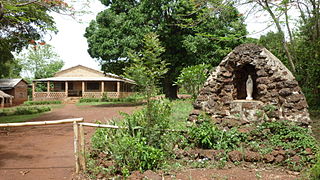
Obo is the capital of Haut-Mbomou, one of the 14 prefectures of the Central African Republic. It is close to the African Pole of Inaccessibility.
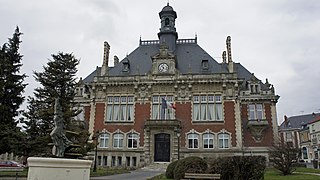
Rethel is a commune in the Ardennes department in northern France. It is a sub-prefecture and third-most important city and economic center in the department. It is situated on the river Aisne, near the northern border of Champagne and 37 km from Reims.

Ganges is a commune in the Hérault department in Occitanie in southern France.

Remiremont is a town and commune in the Vosges department, northeastern France, situated in southern Grand Est. The town has been an abbatial centre since the 7th century, is an economic crossroads of the Moselle and Moselotte valleys, and is also a stepping stone for tourists wishing to explore the Vosges and neighbouring Alsace. Remiremont is also known as La Belle des Vosges.

Gueudecourt is a commune in the Somme department in Hauts-de-France in northern France.

Sare is a village and a commune in the Pyrénées-Atlantiques department in south-western France on the border with Spain. It is part of the traditional Basque province of Labourd. It is a member of Les Plus Beaux Villages de France Association.
Operation Azalee was an expedition staged by France – involving its armed forces and special forces – which took place in 1995 to remove the provisional government of the Comoros that was led and put into power by French mercenary Bob Denard.

Saint-Jean-de-Losne is a commune in the Côte-d'Or department in eastern France. It is about 25 km (16 mi) southeast of Dijon.

Robecq is a commune in the Pas-de-Calais department in the Hauts-de-France region of France.

Saint-Cast-le-Guildo is a commune in the Côtes-d'Armor department of Brittany in northwestern France. It is port city on the English Channel as it also has a nautical center, the Centre Nautique de Saint-Cast (CNSC) ranked 3rd to 6th in the nation.

La Flotte, is a commune on the isle of Ré off the western coast of France, administratively part of the department of Charente-Maritime within the larger Nouvelle-Aquitaine region.
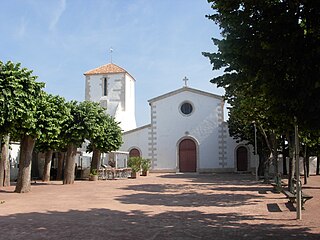
Loix is a commune in the south-west of France, located on the north coast of the Île de Ré, in the department of Charente-Maritime.

Siaugues-Sainte-Marie is a commune in the Haute-Loire département in south-central France.
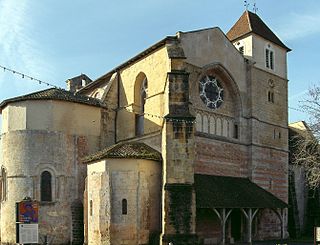
Sorde-l'Abbaye is a commune, in the department of Landes and the region of Nouvelle-Aquitaine in southwestern France.

Saint-James is a commune in the Manche department in Normandy in north-western France. On 1 January 2017, the former communes of Argouges, Carnet, La Croix-Avranchin, Montanel, Vergoncey and Villiers-le-Pré were merged into Saint-James.

The Canton of Mirecourt is a French administrative grouping of communes in the Vosges département of eastern France and in the region of Grand Est.

The Coalition of Patriots for Change is a coalition of major rebel groups in the Central African Republic created in 2020 to disrupt the 2020–21 Central African Republic general election.
The Chief of the General Staff is the professional head of the Chad National Army. He is responsible for the administration and the operational control of the Chadian military. The current Chief of General Staff is General Abakar Abdelkerim Daoud who was appointed by President Idriss Déby on 31 January 2020, succeeding General Tahir Erda Tahirou.
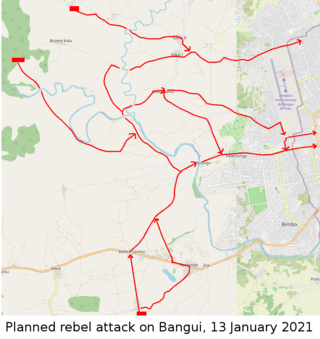
On 13 January 2021 around 200 rebels from Coalition of Patriots for Change attacked Bangui, the capital of the Central African Republic, in an attempt to overthrow the government which resulted in failure.





















